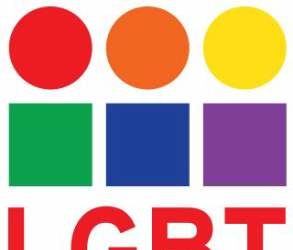AT ESMO 2017
MADRID (FRONTLINE MEDICAL NEWS) – Radioactive iodine treatment is associated with nearly twice the risk of developing acute myeloid leukemia (AML) in patients with well-differentiated thyroid cancer, based on data from the Surveillance Epidemiology and End Results (SEER) registry.
Up to 40% of patients in Europe and North America with well-differentiated thyroid cancer still receive radioactive iodine treatment “even though RAI has no proven benefit in this population,” Remco Molenaar, MD, PhD, of the University of Amsterdam reported at the European Society of Medical Oncology Congress.
Of 148,215 patients treated for well-differentiated thyroid cancer between 1973 and 2014, 55% had surgery only and 45% received surgery plus radioactive iodine treatment. After a median 4.3 years of follow-up, 44 patients developed AML. When cases in those exposed to RAI were cross-referenced to those who were not, the relative risk was increased more than fivefold. When the analysis controlled for an extensive list of potentially confounding variables, the hazard ratio of 1.79 remained statistically significant (P = .03).
“There is a nearly twofold increased risk even though radioactive iodine treatment is not indicated in this population,” Dr. Molenaar said. Moreover, AML following treatment for well-differentiated thyroid cancer was associated with a substantial reduction in expected overall survival, falling from a median 24.4 years to 7.5 years.
Compared with other AML patients, “those who develop AML after RAI also have a worse prognosis,” added Dr. Molenaar, noting the difference in overall survival is highly statistically significant (1.2 vs. 3.5 years; P = .004).
The ESMO-invited discussant, Tim Somervaille, MD , senior group leader of the Leukemia Biology Laboratory at the Cancer Research UK Manchester Institute, called this analysis “a more thorough and detailed study” than previous retrospective analyses, but he added a note of caution: Despite the almost twofold increase in risk, AML remains a rare iatrogenic event in thyroid cancer patients even if it is avoidable by withholding RAI therapy.
“These data do suggest that the risk is measurable and will further provide some downward pressure on the numbers of patients having unnecessary RAI therapy for well-differentiated thyroid cancer,” he said.
In the discussion that followed the presentation, one audience member suggested that telling patients they have a twofold increased risk of AML after RAI therapy is misleading. It was emphasized that a twofold increase of a very small number is still a very small number, but Dr. Molenaar suggested that this misses the point.
“I don’t think this is something that you need to discuss with patients, because you should not be giving RAI therapy to thyroid cancer patients with low- or intermediate-risk disease,” he said. Any AML case caused “by a therapy with no proven benefit is one too many,” especially since unnecessary RAI adds inconvenience and cost to treatment.





